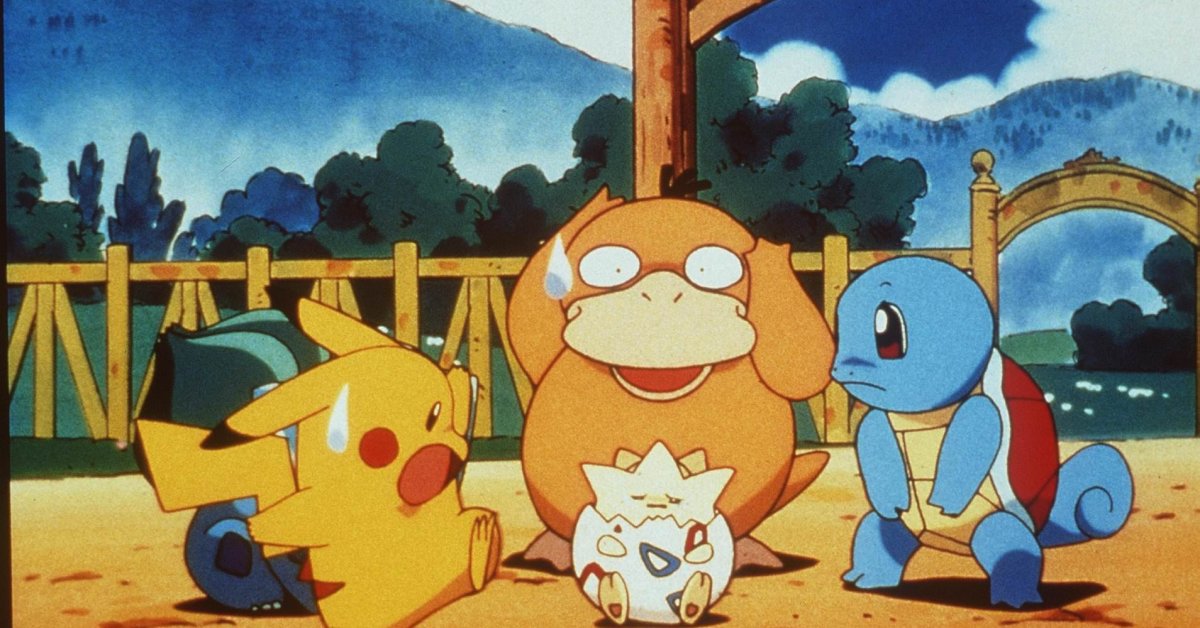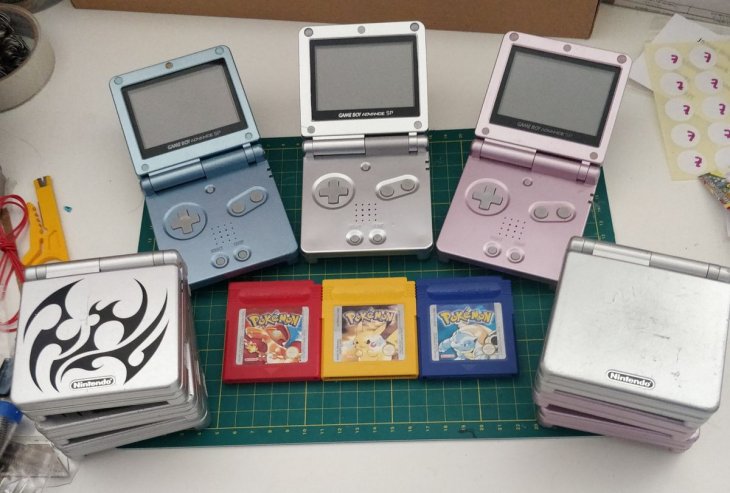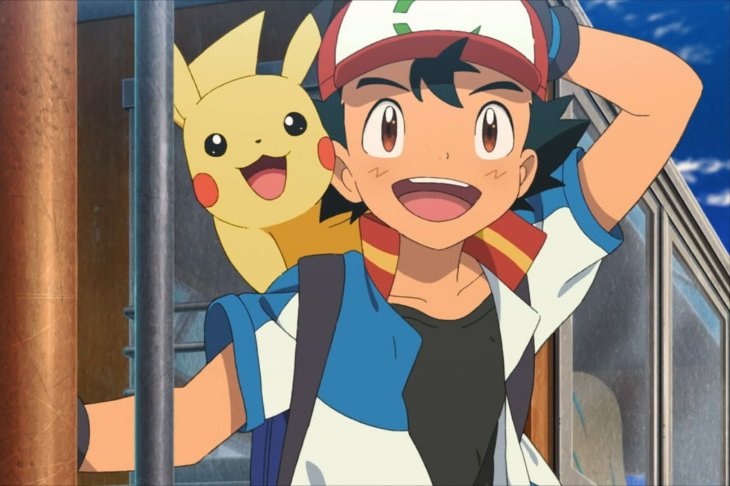People Who Played Pokémon As A Kid Have A Special Region In The Brain Dedicated To It
Aadhya Khatri - May 07, 2019

This research on Pokemon is the substitute for conducting the needed tests on children
- IIT-Madras Aims To Interpret Brain Signals Into Language
- Sciencists Explains Why We Often Make Wrong Decisions
- Scientists' Brains Reduce In Size After Spending Over A Year In Antarctica
Researchers found out that people who played Pokémon when they were kids develop a brain part that is more sensitive to cartoon characters than other types of images. More importantly, this research gives us a clearer idea of how human’s mind keep visual data.
For this study, researchers conduct tests on 11 people who played the game extensively. Most of them started playing when they were between the age of five or eight and then stopped. When they reached adulthood, they played it again.

Here is how they did the research. First, they tested the subjects with Pokémon names to verify their understanding of the game. The next step is to show the participants pictures of Pokémon with irrelevant images like words, other cartoons, or animals. The result of the test indicates that people with experience playing the game will have a specific section in their brain reacts more to Pokémon than with other images. They also tested on people who are new to the game and found out that there was no particular reaction.
This is not actually a surprising finding as if a person does anything for long enough; their brain will change, not just playing Pokémon as a kid. Our brain has specific cell clusters for identifying images. For example, scientists have found a region dedicated to Jennifer Aniston. What scientists need to answer now is how the brain can recognize these images. What it does might be to form a pattern of how linear and round the objects are or the level at which they are still or animated.
One way to answer these questions is to show kids (because their brains are still developing), a visual stimulus they do not know about and then train them to recognize it. While doing so, scientists will keep track of which brain part reacts.
Jesse Gomez, a post-doctoral fellow in the Department of Psychology, at the University of California at Berkeley. He took inspiration from a similar one on monkeys. However, this method is unsuitable to do on humans.
This kind of research needs to be conducted in controlled environments. All the test subjects must be shown the same pictures in the same environment of viewing angles and light. Not to mention that this process must be repeated again and again.
Since there is no way you can test on kids in the way you do on monkeys, Gomez thought that Pokémon could be a substitute.

The game was so popular in the 90s that a lot of people saw a small number of black-and-white images at the distance of at least a foot away, making them the perfect test subjects Gomez needed.

The results of this research support the eccentricity bias theory. It suggests that our brain will react with different parts depend on the size and the angle at which we look at the images. The region this latest research confirmed is activated when people see something directly, so the theory is proven.
Pokémon seems to be Gomez’s favorite method to research as he suggested that a similar approach can be used on sounds. Every time a pocket monster makes its appearance, it usually comes with a certain sound. So Gomez said that he would like to see if our auditory part has a section for Pokémon too.
Featured Stories

Features - Jul 01, 2025
What Are The Fastest Passenger Vehicles Ever Created?

Features - Jun 25, 2025
Japan Hydrogen Breakthrough: Scientists Crack the Clean Energy Code with...

ICT News - Jun 25, 2025
AI Intimidation Tactics: CEOs Turn Flawed Technology Into Employee Fear Machine

Review - Jun 25, 2025
Windows 11 Problems: Is Microsoft's "Best" OS Actually Getting Worse?

Features - Jun 22, 2025
Telegram Founder Pavel Durov Plans to Split $14 Billion Fortune Among 106 Children

ICT News - Jun 22, 2025
Neuralink Telepathy Chip Enables Quadriplegic Rob Greiner to Control Games with...

Features - Jun 21, 2025
This Over $100 Bottle Has Nothing But Fresh Air Inside

Features - Jun 18, 2025
Best Mobile VPN Apps for Gaming 2025: Complete Guide

Features - Jun 18, 2025
A Math Formula Tells Us How Long Everything Will Live

Features - Jun 16, 2025
Comments
Sort by Newest | Popular